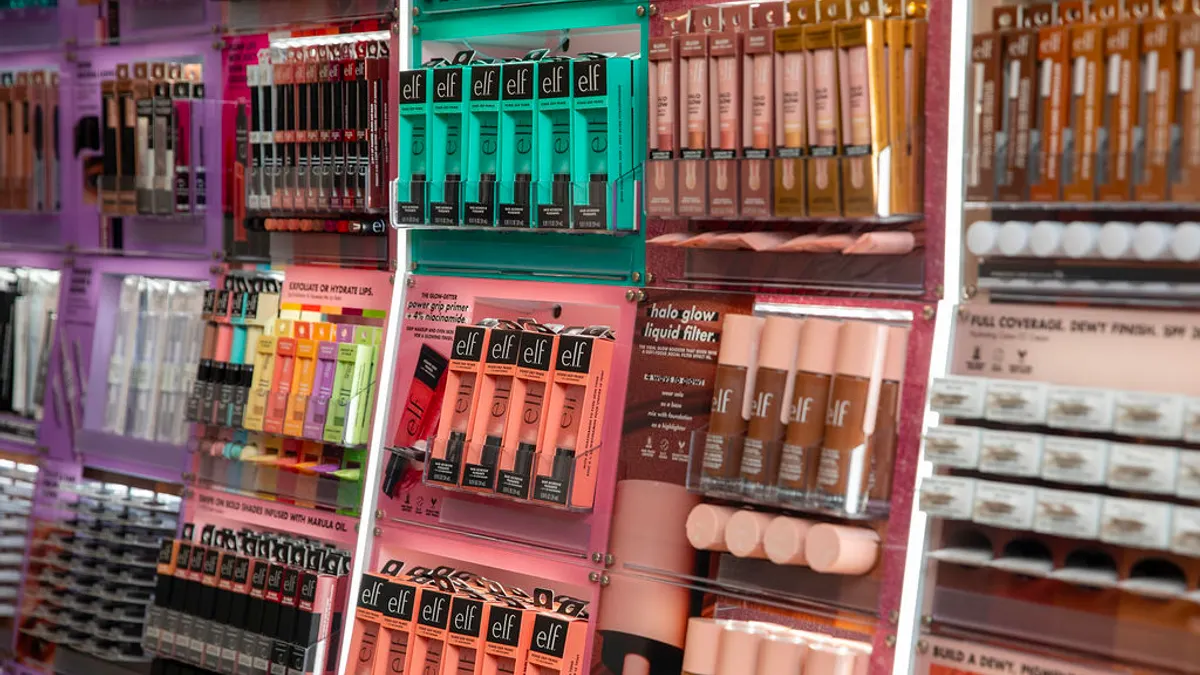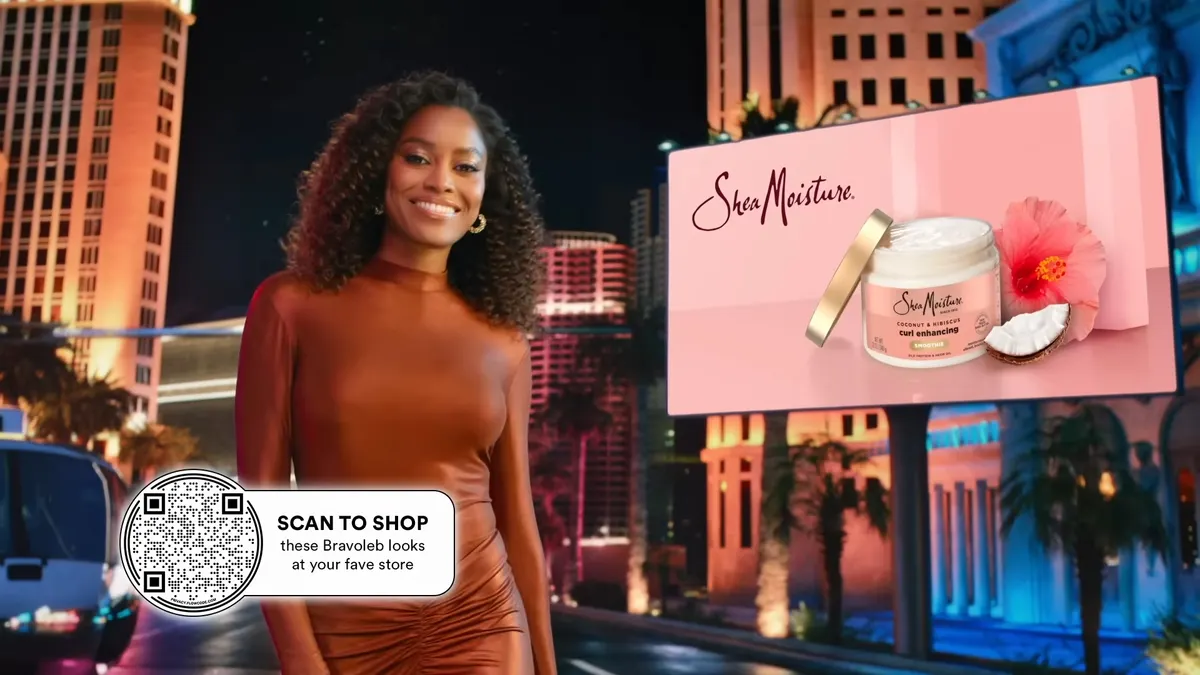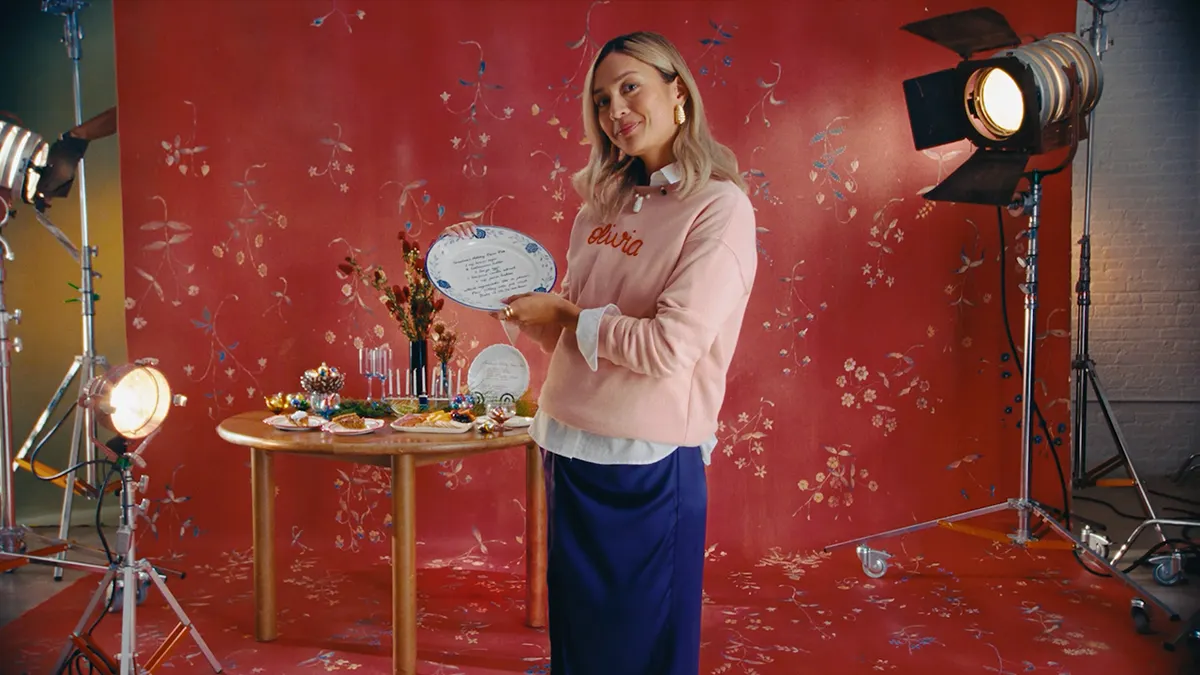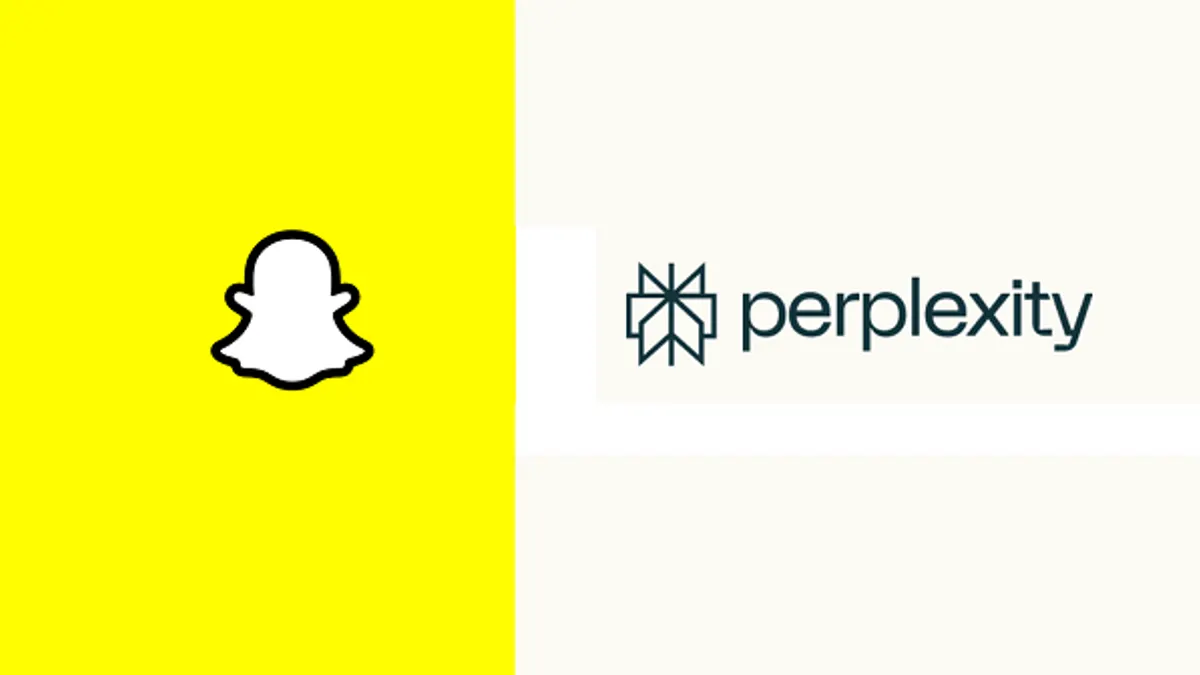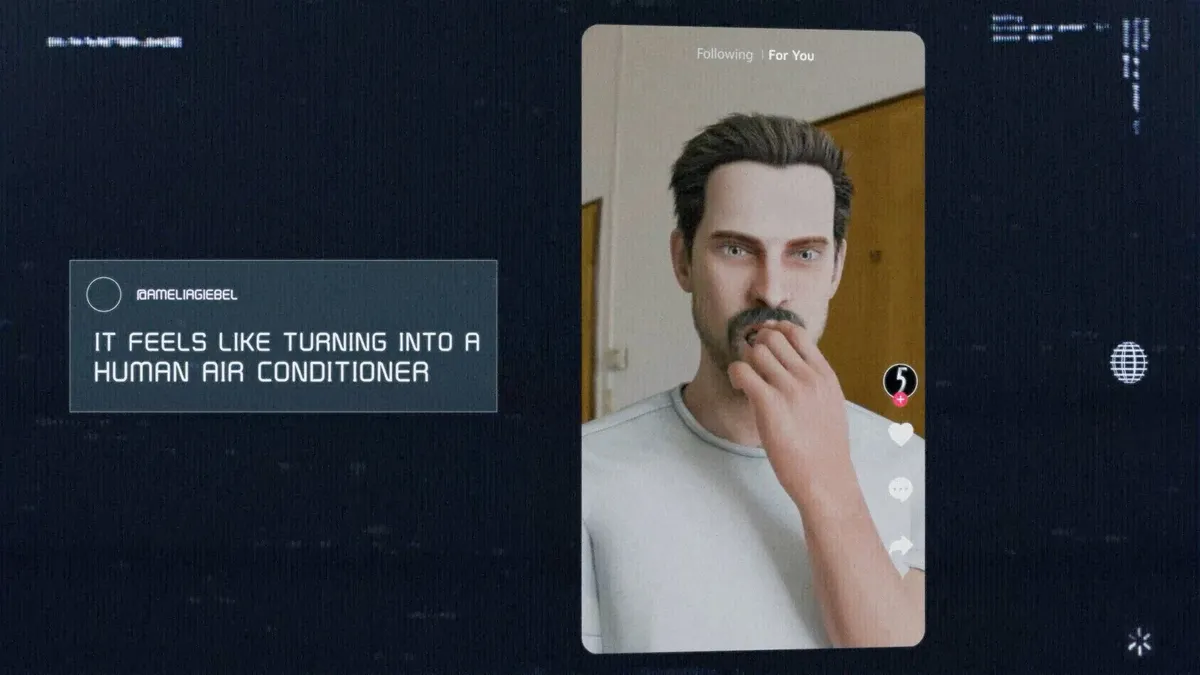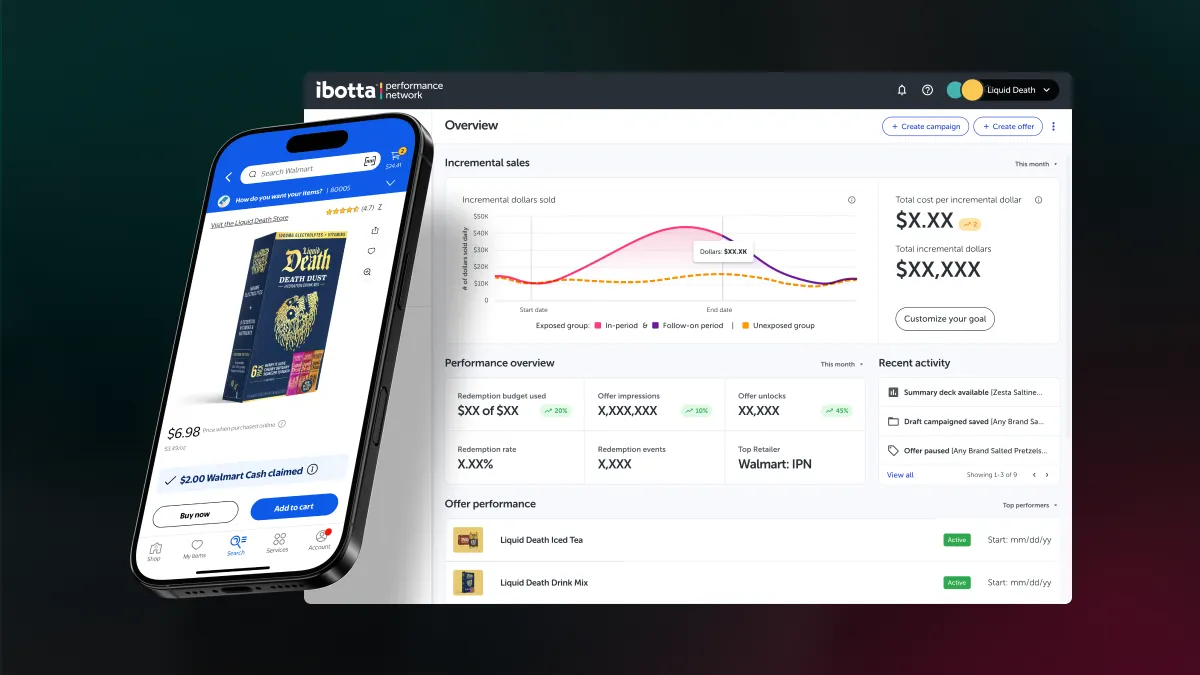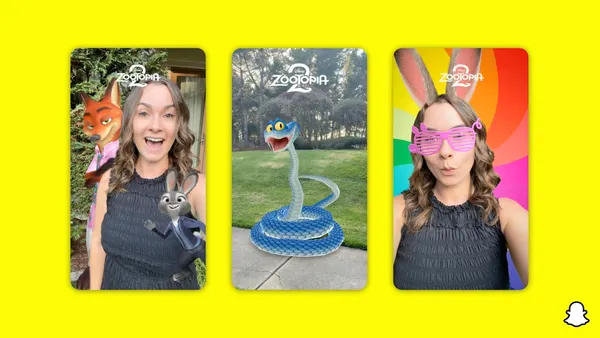It was a bold admission of failure by the chief brand officer of the world’s largest advertiser: "I confess that P&G believed the myth that we could be a 'first mover' on all of the latest shiny objects, despite the lack of standards and measurements and verification."
Jumping on the latest emerging technology has not proven to be the basis for competitive advantage that P&G had hoped it would be, P&G’s Marc Pritchard told attendees at the Interactive Advertising Bureau’s Annual Leadership Meeting on Sunday. Instead, he has come to realize that brands and advertising craft are the real ways to stand out and get noticed.
The exec then rebuked the industry — while also owning up to P&G’s complicity — for allowing a complicated, nontransparent, inefficient and fraudulent media supply chain to take shape as most players prioritized moving fast on technology over quality. With a series of steps announced at the IAB event, P&G will now try to lead the way in cleaning up the media supply chain in 2017.
"The days of giving digital a pass are over – it’s time to grow up," said Pritchard. "It’s time for action.
"So I’ll offer a clear call to action today and request that we all act on it," he added. "We need better advertising to drive growth enabled by media transparency to drive a clean and productive media supply chain."
Call to action
A few of the new requirements put forth by Pritchard for the first time at the IAB event could ruffle some feathers. For example, P&G will require all publishers to adopt MRC-accredited third-party verification, something that Facebook and others have tried to avoid on the basis that their offering is unique.
The other steps P&G is taking are: making the MRC Viewability Standard a minimum requirement across all platforms, making every agency contract fully transparent and insisting all digital media partners get TAG certified to address fraud.
Finally, P&G will back up these moves by requiring its partners to comply, following a grace period, or it will take its business elsewhere.
Pritchard’s presentation was a big topic of conversation at the IAB event, with some attendees questioning if there will be enough quality media inventory to meet P&G’s needs once the requirements go into effect. Others wondered what the details around accreditation will look like. For example, will every single piece of media need to be audited, or will it be enough if a platform has gotten approval from an appropriate governing body?
Pritchard’s statements this week weren’t a complete surprise, although they were a more forceful and clear statement than he has previously put forth of what is wrong with digital marketing today and what P&G is going to do about the situation. But the signs were there since last summer that one of the most influential executives in the advertising space was reassessing the marketing landscape.
In a surprising declaration against two of digital’s darlings — Facebook and targeting — Pritchard told The Wall Street Journal that P&G was cutting back on targeting on Facebook — but not its overall budget on the platform — because a too-narrow focus resulted in lost sales. Then in the fall, Pritchard, speaking at conference for the Association of National Advertisers, of which he is chairman, urged brands — many of whom had been calling for audits of their agencies — to stop the negative narrative.
Pluses and minuses
Pritchard’s most recent call to action also comes at a time when a broad swath of industry groups are also pushing for standardization.
The ANA released a report last summer intended to clarify non-transparent behavior like rebates for brands. In the fall, ANA CEO Bob Liodice called for Facebook to get accredited after it was revealed that some of the platform’s video metrics were wrong. Additionally, P&G, the IAB and others recently formed the Coalition for Better Ads while the Department of Justice is investigating alleged contract rigging at agencies.
Digital marketing isn’t all bad. Pritchard started his presentation by extolling how technology has changed marketing for the good by helping brands quickly deploy creative across an array of exciting new formats. However, technology has also resulted in consumers being bombarded with thousands of ads a day, slowing load times and interrupting their experiences.
For brand marketers like P&G the issue is that as they invest the time and money in better advertising, that investment is being squandered on a media supply chain with poor standards adoption, too many players defining their own metrics by which to be measured and too many ways for criminals to commit ad fraud.
As evidence that the situation is bad, Pritchard pointed to the 40% growth in ad blockers and an anemic growth rate for the ad industry overall.
Wake-up call
Pritchard said he got his wake-up call that things had gone too far during a meeting with a top executive from one of the major companies who explained that P&Gs competitors were investing billions of dollars with the company without third-party verification. The implication that P&G didn’t need to ask for verification because others weren’t jogged a memory for Pritchard of his father saying what many parents say to their children: "If all of your friends jumped off a cliff, would you jump too?" Pritchard then told the executive P&G would stop investing unless the company got accredited third-party verification.
However, wanting to clean up the media supply chain and actually doing so are two different things. The labyrinthine system that has grown up around an industry allowed to quickly grow with little standardization could take some time to unravel in order to determine where value does and does not lie.
Pritchard is optimistic a solution will be found.
"Because surely if we can invent technology for driverless cars and virtual reality, we can find a way to track and verify media accurately," he said.
"Because surely if we can invent technology for driverless cars and virtual reality, we can find a way to track and verify media accurately."

Marc Pritchard
Chief Brand Officer, Procter & Gamble
The executive also made it clear that marketers are not blameless in the development of a non-transparent media supply chain because, like P&G, others believed that if they moved quickly on emerging technology — before foundational elements like measurement were in place — they could gain a competitive advantage only to find out digital marketing is not inherently different from other marketing channels. Without the proper foundation it, too, is likely to crumble under the weight of bad media.
"[P&G] accepted multiple viewability metrics, publisher self-reporting with no verification, outdated agency contracts and fraud threats — with the somewhat delusional thought that digital is different and that we were getting ahead of the digital curve," Pritchard said. "We’ve come to our senses. We realize there is no sustainable advantage in a complicated, nontransparent, inefficient and fraudulent media supply chain.
"Getting to a clean, productive media supply chain is the level playing field we all want and need," he continued. "The basis for competitive advantage is our brands, our advertising craft and the quality of our product and package experiences for consumers. It’s not rocket science, it’s really just common sense."
Not-so-simple plan
One of the steps that P&G will take to address the bad media supply chain is that it will no longer accept different viewability standards across Facebook, Instagram, Snapchat, Pandora and others. Instead, it is making the MRC Viewability Standard a minimum standard across all platforms and will expect all of its agencies, media suppliers and platforms to adopt the standard this year.
By using one MRC-validated viewability standard, some measurements could be wrong, but Pritchard said P&G is willing to accept this in order to be able to assess platforms and publishers on a level playing field.
The second step is requiring all publishers and measurement vendors to adopt MRC-accredited third-party verification during 2017. While a grace period is being granted in recognition of the need to address some data privacy issues, Pritchard calls the widespread lack of such verification “ridiculous” and akin to letting the fox guard the henhouse.
P&G is also working to make every agency contract fully transparent by the end of 2017, including terms requiring funds to be used for media payment only, all rebates to be disclosed and returned and all transactions subject to audit. As part of this, the company is taking a closer look at matching fees to services after one agency partner made it clear that P&G’s fee didn't cover the agency's expenses.
Additionally, P&G is insisting that any entity touching digital media must get certified by Trustworthy Accountability Group (TAG), a self-regulatory body aimed at eliminating ad fraud.
Finally, P&G is putting its money where its mouth is and will work only with companies that comply with the first four steps.
Marketing partners have been given notice — more than a year for many — to meet the requirements.
"And the consequences are crystal clear if they don’t take these steps — we will work with and buy media only from the entities that comply, so we know that the ads we create are experienced by the consumers we serve in the most productive way," said Pritchard. "That’s because we don’t want to waste time and money on a crappy media supply chain. Instead, we want to invest in raising the bar on the creative craft to drive growth on our brands."







